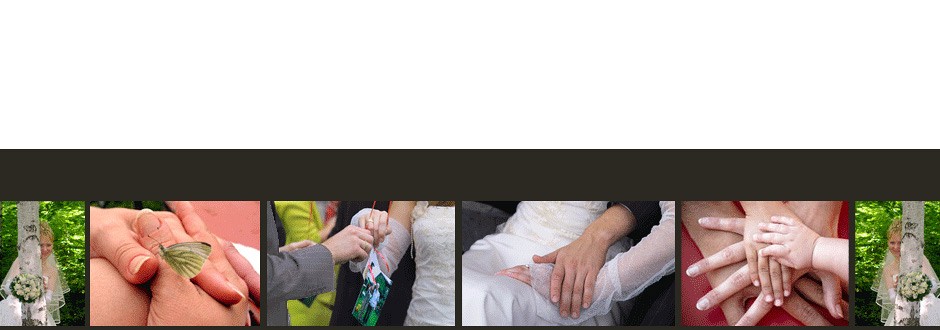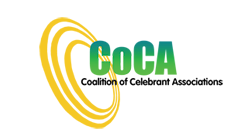CHCCEL507X Identify needs and create resources for set-up and maintenance of Professional Celebrancy Practice
Application
This unit describes the knowledge and skills required to identify and use current technology for professional celebrancy practice
| ELEMENT Elements define the essential outcomes of a unit of competency. |
PERFORMANCE CRITERIA The Performance Criteria specify the level of performance required to demonstrate achievement of the Element. |
| 1. Clarify celebrant needs and objectives in the celebrancy role |
1.1 Identify the information, skills, resources and personal attributes required to establish, maintain and review one’s celebrancy practice. 1.2 Identify a range of potential clients for ceremonial work both in general and in specific geographical region 1.3 Identify any scenarios where a request for service/ business may be declined 1.4 Identify strategies required to access and engage with potential clients, and to provide continuity of care with existing clients of celebrancy practice 1.5 Identify professional celebrancy and related support services and networks |
| 2. Create resources and forms | 2.1 Prepare a range of sample ceremonies for the main types of transitions for individuals, couples, families, groups and communities 2.2 Prepare a checklist outlining all the planning components of ceremonies 2.3 Identify and create business forms required 2.4 Create folders and archives for secure storage of forms and documents |
| 3.Store and maintain information | 3.1 Keep information in accordance with business needs and legal requirements 3.2 Provide access to information to appropriate individuals 3.3 Maintain confidentiality and security of information 3.4 Report breaches of confidentiality to appropriate person |
| 4. Use and maintain equipment and machines |
4.1 Select equipment appropriate to the task and use according to business requirements and manufacturer’s instructions 4.2 Store and dispose of equipment and materials in accordance with business requirements and safety practices 4.3 Deal with issues and problems arising from the operation of equipment in accordance with business requirements. 4.4 Undertake training to use particular equipment as needed |
| 5. Set up and use communications and web technology. |
5.1 Identify the range of information, communications and web technology required to support the individual professional practice 5.2 Set up the identified range of technologies using software and hardware resources and equipment as required 5.3 Set up and utilise communication equipment and other identified technologies in accordance with business requirements 5.4 Identify strategies for maintaining equipment including computer hardware and software 5.5 Identify resources available for consultation and support in using and maintaining information, communications and web technology 5.6 Maintain and manage updates and upgrades to new technologies in accordance with business need and manufacturers requirements |
| 6. Manage inquiries in accordance with practice requirements | 6.1 Respond to inquiries promptly 6.2 Take verbal and written messages 6.3 Follow-up contacts and communications in a prompt and professional manner 6.4 Utilise appropriate communication techniques |
| 7. Obtain feedback | 7.1 Seek feedback from celebrancy related services and use feedback to continuously improve service 7.2 Establish and maintain relationships where appropriate with professional celebrancy and related support services and networks |
| FOUNDATION SKILLS | The Foundation Skills described those required skills (language, literacy and numeracy) that are essential to performance. |
| RANGE OF CONDITIONS | This field allows for different work environments and conditions that may affect performance. Essential operating conditions that may be present with training and assessment (depending on the work situation, needs of the candidate, accessibility of the item and local industry and regional contexts) should be included. Italicised wording, if used in the performance criteria, is detailed below. |



